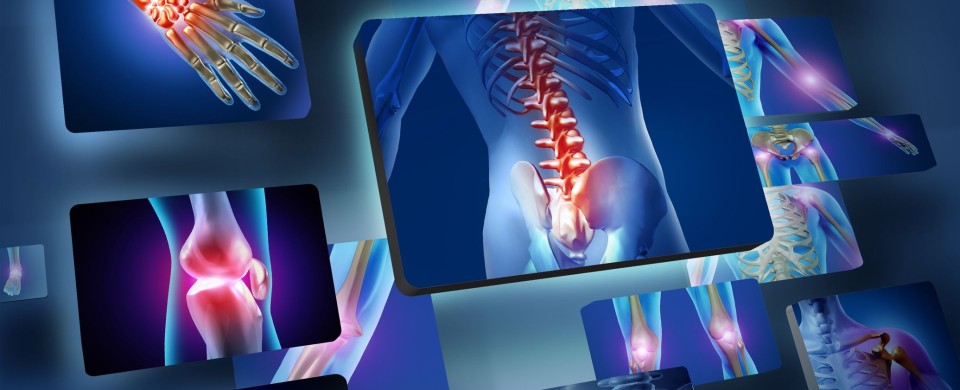In part I of this blog we discussed different ways to treat mild osteoarthritis, including medications, physical therapy, physical activity, losing weight, and stress reduction. Today in Part II we will discuss several other ways that mild joint osteoarthritis can be treated:
1. Injections:
- Hyaluronic acid substitutes, also known as viscosupplements, are a better choice for intra-articular injections of osteoarthritic joints. These compounds reduce inflammation and lubricate the joint, reducing pain. They are approved by the FDA only for knee injections, but, they can really be used on any arthritic joint. Although the effect wears out after about 6-9 months, they last a lot longer than corticosteroid injections with none of the potential side effects.
- Prolotherapy is a form of regenerative therapy that involves injections of a hyperosmolar solution into soft tissue like tendons, ligaments and joint capsules. These injections produce a localized acute inflammatory process that start the normal, natural healing process. Prolotherapy can be very effective in the treatment of mild to moderate osteoarthritis, especially when there is associated laxness and weakness of the supporting tendons and ligaments. The key is finding a physician with the appropriate training/experience in prolotherapy.
- Injections using corticosteroids are one of the most commonly prescribed treatments for patients with osteoarthritis and joint pain. Corticosteroids are powerful anti-inflammatory agents and when injected into an arthritic joint can produce fast relief of pain. Unfortunately this pain relief is short-lived, lasting only a few weeks, and corticosteroids have a long list of potential side effects. Of particular concern is the effect on diabetic patients, where the blood sugar will be elevated as result of the injected corticosteroids. In addition to a poor side effect profile, intra-articular corticosteroids have been shown to damage healthy cartilage, predisposing arthritic joints to further arthritis. For those reasons, intra-articular injections with corticosteroids should be avoided.
2. Smoke cessation:
If you have osteoarthritis and you smoke, the first necessary step to improve the health of your joints is to stop this habit. Cigarettes release a number of chemicals that are damaging to our body and interfere with the normal healing process. Smokers have a higher incidence of chronic pain, and smokers who quit tend to experience a reduction in their pain. In addition to that, smoking has also been associated with loss of joint cartilage.
3. Braces, splints, and assistive devices:
I Ussually do not prescribe knee braces for the treatment of osteoarthritis, as I find them to have little beneficial effects. However, splints and foot orthosis may be beneficial for patients with arthritic ankles, and a cane can provide pain relief in patients with hip osteoarthritis by unloading the joint during gait.
4. Hormone replacement:
Sex hormones like Testosterone and Estrogen are important in keeping our bodies strong and healthy. These hormones play a supportive role in the healing process of our tissues. These hormones play a role in cellular growth, maintenance of muscle mass and bone, as well as nervous system maintenance. As we age, the production of these hormones start to decline and blood levels start to plummet, making it more difficult for our bodies to heal properly. Hormone replacement therapy can play an important role in treating the pain associated with mild to moderate osteoarthritis in those patients with low blood levels of these hormones. Hormone replacement therapy is controversial and it has been associated with increased risks of cardiovascular diseases and cancer. However, when done properly, using bio-identical hormones and with proper medical monitoring, hormone replacement therapy is safe.
5. Other treatments:
Acupuncture may provide temporary pain relief to some patients suffering from osteoarthritis. Nutritional supplements, like Glucosamine, fish oil, and vitamin D, may help reduce chronic inflammation, although their clinical effectiveness is being debated, with some clinical studies finding benefit, while others don’t.
In summary, we recommend our patients with mild osteoarthritis to try physical therapy, an exercise program, weight loss, smoke cessation, use of nutritional supplements, and injections with either viscosupplements or prolotherapy, before considering stem cell therapy. We recommend a similar program to all our patients after stem cell therapy as well, to promote good health in their joints and to maintain long-term the benefits obtained with the stem cell therapy.
To learn more about non-surgical alternatives to joint replacement surgeries go to: www.dontoperate.com .
Comments are closed.

